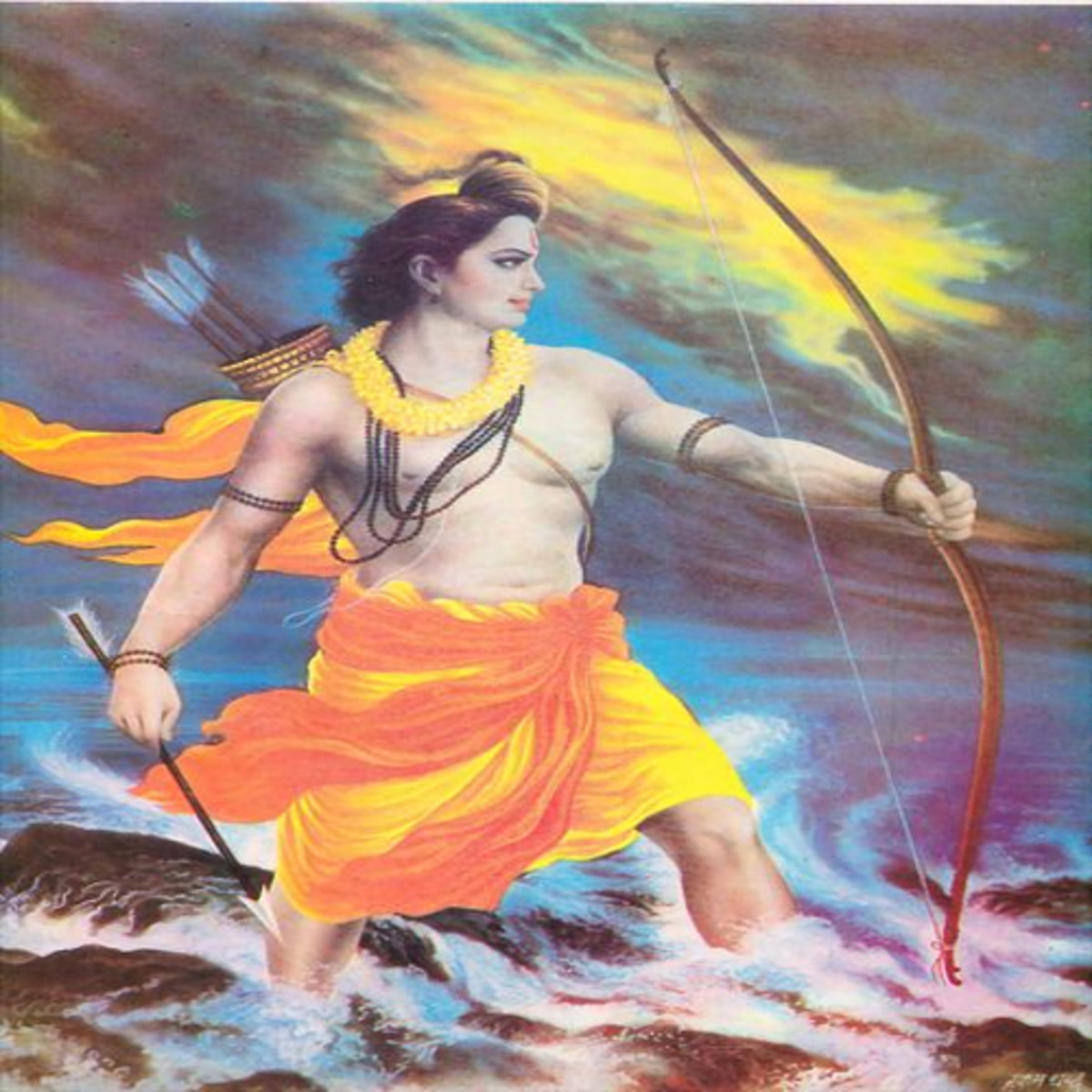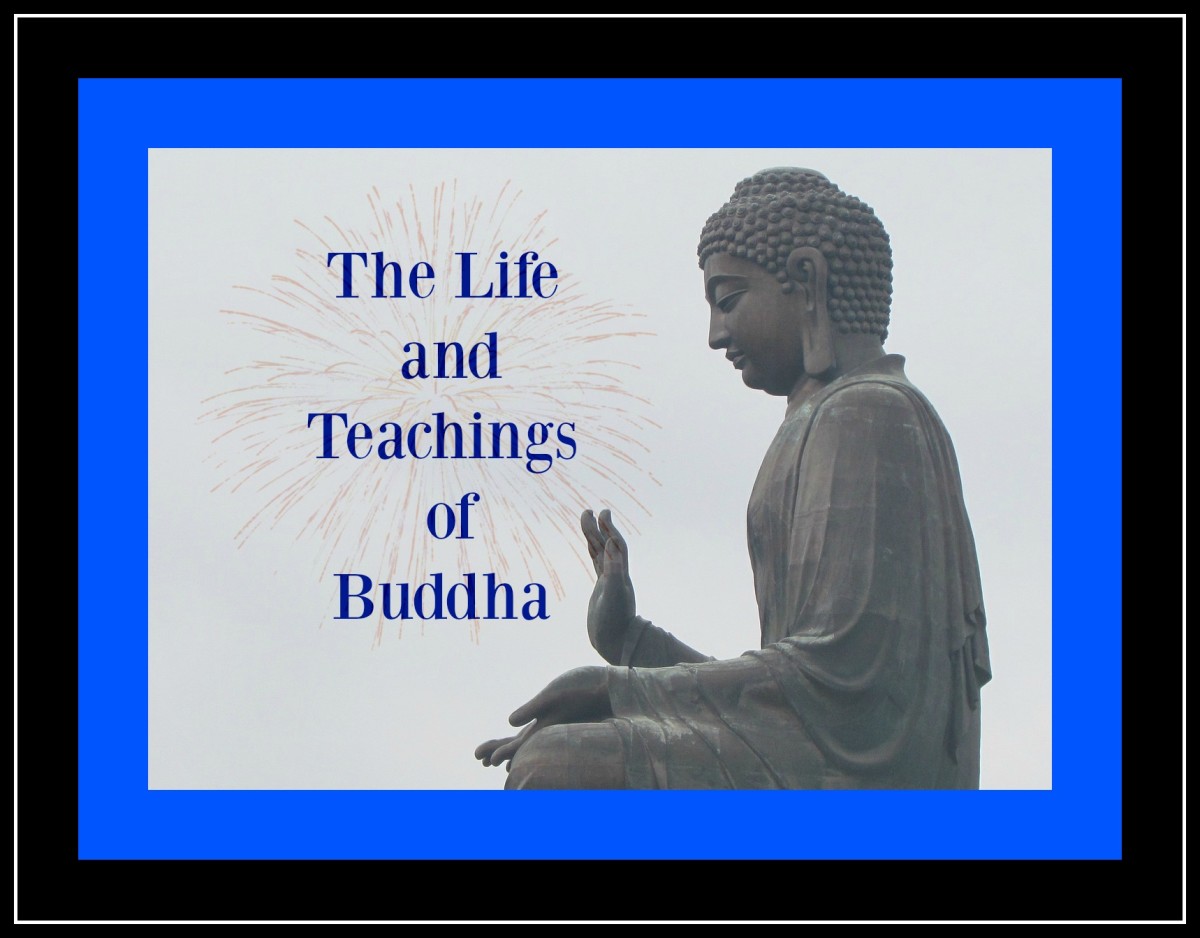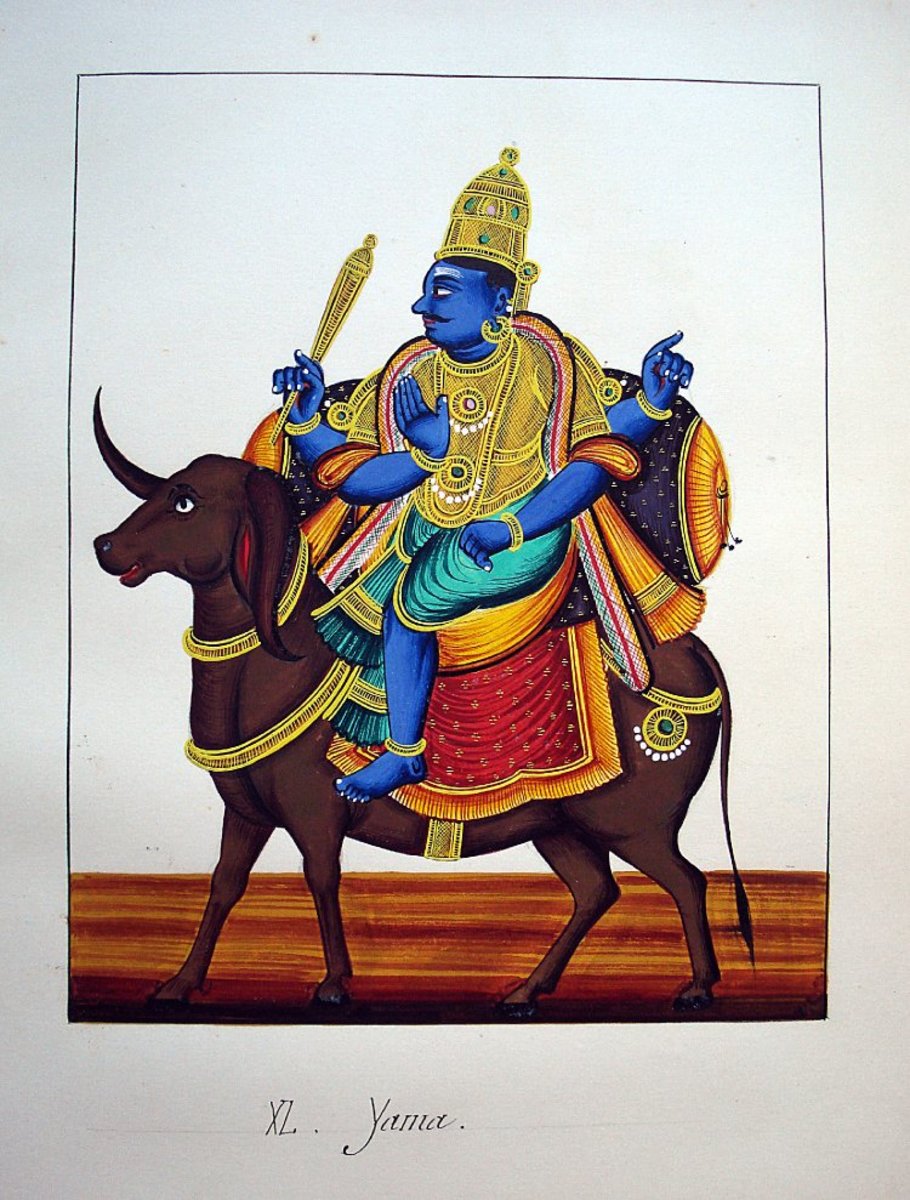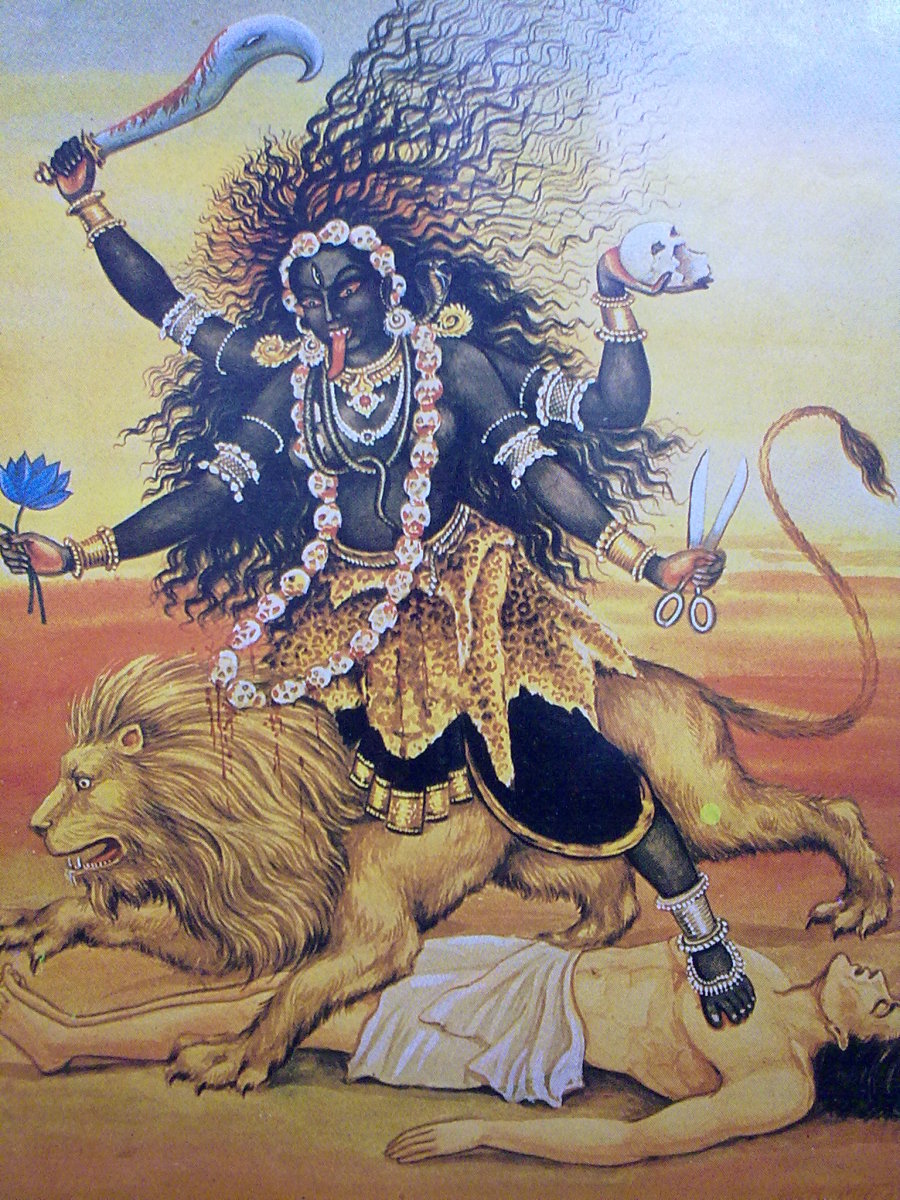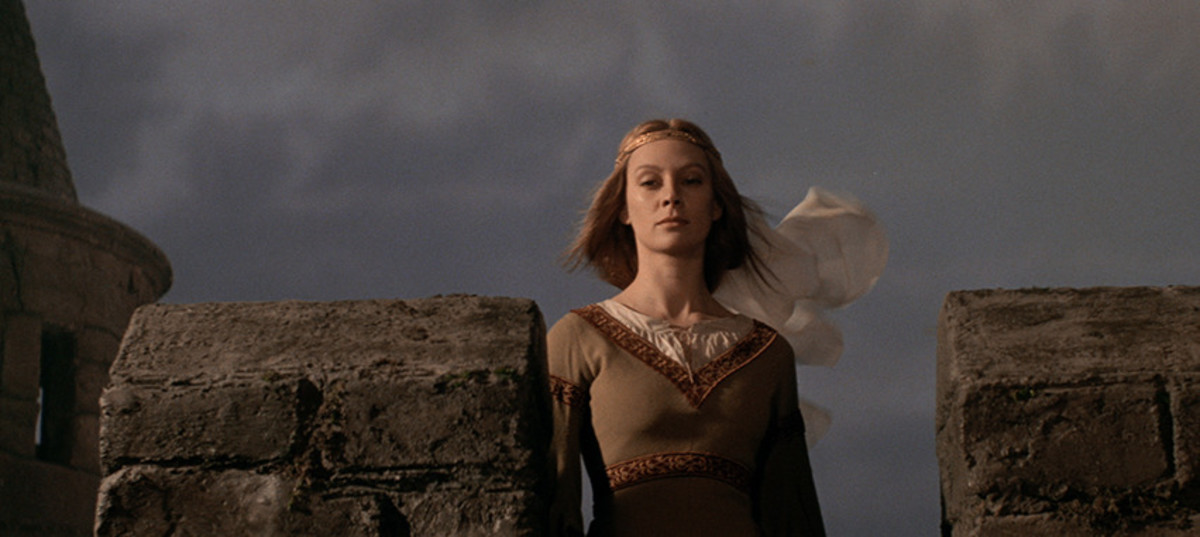"Dharma, How It Relates To Before and the Now, Then The Future"

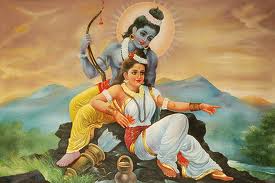
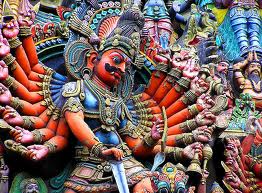
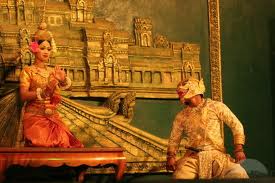
Women were able to establish their own Mahaprajapati:
DHARMA, THEN AND NOW
I am going to show how the ancient practice of Dharma is related to the Japanese practice of Buddhism and the religious practice of Hinduism, being almost the very same in principle and it’s value systems even though they are totally two different religions.
The practice of Dharma is evident in the Ramayanawhich is rooted in Hinduism and is evident in the ancient practice of a Japanese art named Ninjutsu.
To truly understand what the meaning and purpose of dharma is we must define it first. As I looked into this very abstract meaning of this, the meanings became even deeper and more complex. “The belief of dharma or Dharma dates back to literally the 1200 B.C. It is considered the living life force in the life of the Indian. Dharma is considered Moral Law of the World”.(Abreu, Sean 1)
In the story of The Ramayana it was considered good “Dharma” by the wife of Sita when she wanted to near Ramayana in the woods, when he was vanished from his home. She could of stayed safe and secure in the castle but chose to stay with Rama, because her “dharma” she felt was connected to her husband. This is something that she took very seriously. When the demon Ravana kidnapped her, she again shows her use of dharma with only letting Rama rescue her, and again she shows it with her faith as a wife when he abandoned her and didn’t believe that she was pure. Sita was faithful and loving and full of hope, even when her circumstances dictated differently. The story has long been a story passed down and looked at by the Hindu population to set a precedence on how one should act, during the good times and bad.
“Dharma (Sanskrit) approximately translates as “that which upholds, or supports.” Dharma also interprets a nebulous range of religious concepts: righteousness, the virtuous path, the law, teachings, a manner of being, to fasten, to hold, to maintain, to preserve, to employ, to practice, to keep, and to possess.”(Abreu, Sean)
When Mr. Abreu says that Dharma upholds or supports, it is quite apparent that Sita was upholding or supporting her husband in a time of his life that he was ostracized by his family. Her Dharma was connected to his.
In my study of dharma, I have learned that there are two types. The first one is Dharma that is spelled with a capital “D”. It has a different meaning than the dharma spelled with a small “d”. I thought that was very interesting, almost like a play on words in the English language like “Lie” and “Lie” Lie down on the floor, or She will lie. Like in those two very different meanings of the same word, dharma has a similar effect. “The Dharma with a capital “D” means “Dharma [Sanskrit] approximately translates as “that which upholds, or supports.” Dharma also interprets a nebulous range of religious concepts: righteousness, the virtuous path, the law, teachings, a manner of being, to fasten, to hold, to maintain, to preserve, to employ, to practice, to keep, and to possess”. (Abreu, Sean 1) I would like to point out that Sita in the Ramayana, was holding fast to her husband in times of troubles, by being with him by going through the same trials and tribulation that he was going through.
“It has a meaning of supernatural. When a person follows “Dharma” not only are they following a way of being, they believe in a power greater than themselves. It brings to mind when Sita was kidnapped by Ravana. What was she facing? Ravana was an evil demon. He was able to transform himself into an elderly holy man. This emplifies the supernatural. Sita knew that if her dharma was strong, even facing such circumstances she would weather the storm, knowing that good is stronger than evil. Combatting him, she would need her own supernatural force, that was her dharma. If she acted any other way as to try to gain her freedom by giving into Ravana’s demands, her dharma would be broken giving Ravana power of her and because she held true to her beliefs, he had no real power over her.
The main reason why I went through such lengths to describe what dharma means, is so that we can begin to understand the reasoning behind, especially the women who follow it.
“Muslims invaded India and many of the traditions were intertwined. Muslim believes in one God and following Dharma is an entirely different story. Originally women were and to a large extent, protected by men from the Hindu and Muslim society. In this modern day and age the womanizing in Iraq is widespread and women are abused. Even though traditionally Dharma is not the women in Iraq’s following I have found a source that tells a different story.
In Iraq, women are taking out there injustice that is done to them by practicing Bujikan Ninjutsu. People can probably not correlate the relationship that Dharma has with Ninjutsu. On the contrary it has everything to do with dharma. Ninjutsu is a Japanese art, with every aspect being spiritual and devoted to Buddhism. This is including Yoga, dharmic thinking and practicing. They may follow their Muslim faith but with every ounce of practicing this very lethal art of Ninjutsu they are practicing dharma.
A ninja practitioner has to meditate and have a clear mind in order to perform the feats they desire. There is weapons skill. The sword is the main weapon and in order to wield a sword it must become an extension of one’s arm. In order to develop that kind of concentration a fear must be overcome and a state of mind must be developed to attain that focus. When a formal class is started everyone in that class is treated the same, no matter what their rank may be. The class is one unit performing different tasks, connected to each other, body, mind and spirit. There is a bowing in the beginning of class, this calms down the spirit and gets it connected to everyone in the room. You are one with your class. These women in Iraq need this for a life source. It is so difficult to describe unless you experience it. They have followed their hearts with the practice of dharma, and I know why. Not from research but from experience. I know what they feel when they train. There is no other feeling like it. It is dharma.
Sita had this kind of connection with her own Dharma. She lived it, felt it and depended on it. She may not have been physically capable but mentally to follow dharma the way she did and under her circumstances of being kidnapped by Ravanna, her dharma not only made a survivor out of her but in another sense a warrior.
“In classical medieval and modern times, girls often married early in life, thereby entered the second stage, that of the householder. Today, young Hindu women do not usually marry until their twenties, but this has not always been the case. Frequently, the arrangement of marriage took place just after the girl was born, or some time later in her childhood. Occasionally, the marriage would be arranged to a boy who was relatively close in age, but it was not uncommon for a young girl to be matched to a much older man, perhaps twenty or thirty years her senior. “Parents had interest in arranging her marriage as early as possible because of the great concern with virginity. When girls’ marriage was arranged when they were young, their purity became the responsibility of the groom’s family.”(Pablo 1) There is a lot to be said about the purity of women and it was a big responsibility and sometimes it may have been too much for the parents to deal with. In today’s modern day, however the woman has much more say on who she will marry.
Sita was lucky enough to married into the royal family and her and Rama were in love. She was unselfish in her connection to dharma. She placed her marriage first above all else. She could of stayed in a luxurious place with plenty of food and water and safety. She chose to be with her husband instead.
“Now there are woman Hindu priests they put together many different kinds of ministries and are very active in decorating and putting activities together.” Numerous women Hindu priests and Gurus serve the laity in the United States as well, and preside over temple management, monasteries and other Hindu institutions. Buddhism and Jainism, two offshoots of Hindu Dharma, also have had prominent orders of nuns.” (Guru Nanak 69)
The story of The Ramayana is a story that is used as an example to how a women can effect everything around her in the use or belief of her dharma. Women priestess uses it as a parable to teach a lesson. It is the lesson of dharma.
The Encyclopedia of Women and Religion in North America explained that Zen Buddhism was brought to America by the Japanese , Chinese, Korean and Vietnamese. “ Zen being originally an Asian Buddhist tradition first came to the west from Japan.”(Pierce 639)
Dharma comes from different parts of the world. In medieval times when women were ostracized and not respected it was believed that they couldn’t do the same things as men, but over the years, women have proved themselves and in many cases surpassed that of their counterparts. Whether it originated in which part of the world does not make a difference, only that it exists and runs strong. I think it would benefit our people of the United States if we conducted ourselves in many of these behavior areas as far as the treatment of man. Dharma, to me has it right.
Women of Dharma
At first it was thought that women were not going to be able to maintain an order of the practice of Buddhism thus “dharma” but the aunt of Buddha herself established and order of women that governed themselves and created an order of priesthood and showed that they were more than capable of holding themselves responsible and upholding the laws that they were subject too.” (Gylalwa Karmapa 2)
Khema, foremost scholar of Great Wisdom.
Bhadra (Yasodhara), foremost in miraculous accomplishment (mahasiddhi).
Gautami, foremost in holiness.
Sakula, foremost in clairvoyance.
Dharmadina, foremost missionary and teacher.
Uppalavanna, foremost in realization.
Bhadra Kundali, foremost in psychic faculties.
Nanda, foremost of the Forest Meditators.
Bhadra Kapila, foremost in remembering past-lives.
Patacara, foremost holder of the Vinaya.
Sigalakamatra, foremost in "attainment through faith'.
Sonya, foremost in diligence.(Gyalwa Karmapa 4)
I believe that this gave women the courage to venture out to find enlightenment and not be intimidated by a man. If you look at women today in the modern day, they are even more determined not to be undermined by men in order to achieve goals.
In India there are women who are honored as priestess. They even have colleges named after them in honor for all the work that they have done. That is a gigantic difference from the way they used to be treated. (Pankaj Jain, 2)
Reference
Abreu, Sean. The Universal Meaning of Dharma, Buddhism/Taoism @ suite 101
A Chan Buddhist Interpretation 2010
http://sean-abreu.suite101.com/theuniversal-meaning-of-dharma-a206708#ixzz1qqacDxg0)
Karmapa, Gyalwa, Dharma Fellowship of His Holiness : Library : Member Essays
(2005) 1 http://www.dharmafellowship.org/library/essays/women-buddhas.htm
Jain, Pankaj. Women in Hindu Culture Huffington Post 1 (2011)
http://unt.academia.edu/PankajJain/Teaching/32364/Women_in_Hindu_Culture
Mangin, Lucy,” Iran's female ninjas: fighting for sexual equality” (2012) The Guardian
http://www.guardian.co.uk/world/shortcuts/2012/feb/19/irans-female-ninjas
Rosemary Skinner Keller. Encyclopedia of Women and Religion In North America
Lori Pierce. Buddhism: Origins of Buddhism in North America. Bloomington, Indiana 2006. Print
Vasudha Narayanan. Hinduism: Hinduism in North America Including Emerging Issues. Bloomington, Indiana, 2006 Print
Valmiki, The Ramayana: India, C. 550 B.C.E.-C. 400C.E. The Bedford Anthology of World Literature Volume Bedford/St. Martins, Massachusetts (2009)
Religious Artifacts
Hinduism
Were you paying attention to the article? Lets see what you got out of it.
view quiz statisticsThis content is accurate and true to the best of the author’s knowledge and is not meant to substitute for formal and individualized advice from a qualified professional.
© 2012 Primpo



